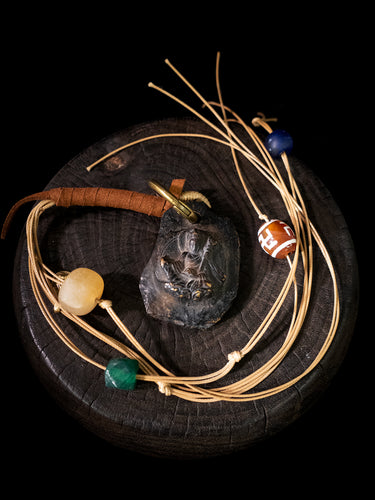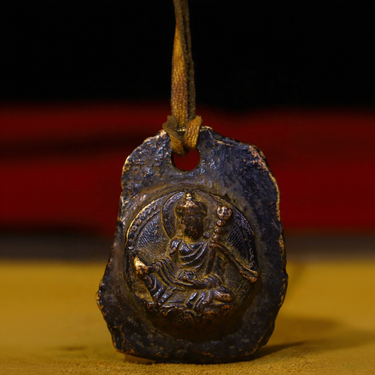China's arts scene is incredibly diverse, dynamic, and rapidly evolving, reflecting the country's rich cultural heritage, contemporary aspirations, and global influences. Several aspects characterize China's arts scene:
-
Traditional Arts Preservation: China has a deep appreciation for its traditional arts, including calligraphy, ink painting, ceramics, and traditional opera (such as Peking Opera). There's an ongoing effort to preserve and promote these art forms while infusing modern elements to keep them relevant.
-
Contemporary Art Boom: China's contemporary art scene has experienced significant growth and international recognition. Cities like Beijing, Shanghai, and Shenzhen host thriving art districts, galleries, and exhibitions showcasing contemporary Chinese artists' diverse works, ranging from paintings and sculptures to new media and installations.
-
Global Influence and Innovation: Chinese contemporary artists are gaining global recognition for their innovative approaches, reflecting on social issues, cultural identity, globalization, and rapid societal changes. Many Chinese artists have become influential figures in the global art world.
-
Government Support and Investment: The Chinese government has been actively supporting the arts, investing in cultural initiatives, museums, art institutions, and international art events. Initiatives like the Belt and Road Cultural Exchange and the China International Import Expo Art Show demonstrate China's efforts to engage with the global arts community.
-
Emerging Art Collectors and Markets: With China's economic growth, there's a growing number of art collectors and a burgeoning art market. Auction houses, art fairs, and galleries are thriving, attracting both domestic and international collectors and investors.
-
Cultural Exchange and Collaboration: China's arts scene engages in extensive cultural exchange and collaboration with artists and institutions worldwide. This cross-cultural interaction fosters artistic innovation and mutual understanding between Chinese artists and the global artistic community.
-
Challenges and Censorship: Despite the growth, the arts in China still face challenges related to censorship and restrictions on certain forms of expression. This can impact the freedom of artistic expression, particularly on politically sensitive topics.
Overall, China's arts scene is vibrant, multifaceted, and continually evolving, blending traditional heritage with contemporary innovation and global engagement, making it an integral part of the global art landscape.
























